Simulation tools
Contact: william.daniau@femto-st.fr
The CoSyMA team develops since many years a set of modeling and simulation tools, applied to the study of piezoelectric surface acoustic waves (SAW) and bulk acoustic waves (BAW) devices. These softwares allow us to characterize, optimize and improve our understanding of behavior of acoustic waves components thanks to the development and the use of numerical methods to solve realistic problems. Some physical effects, like the temperature, the mass-loading or the electrostriction, can be taken into account in simulations.
Thanks to these softwares, we can study the gravimetric sensitivity of a component as well as the temperature sensitivity of a SAW sensor, characterize resonators on thin film layer or study new piezoelectric materials...
These simulation tools are based on the theory of linear elasticity, but in which we take into consideration the anisotropy of materials, the piezoelectricity and the non homogeneity of the various propagation mediums. There are two families of softwares in the CoSyMA team:
- Stratlib
- Modulef
Stratlib
This family is useful to compute the acoustic radiation of stratified structures. We consider here a stack of layers infinitely wide in their length and width (see Figure 1).
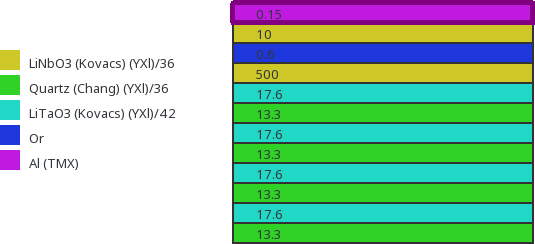
Figure 1: Example of a stack (HBAR LiNbO3/LiNbO3 on a Bragg mirror LiTaO3/quartz).
By using the Green functions, we can determine the effective permittivity of a stack in order to highlight the existence of modes and characterize them (see Figure 2). We also can compute its admittance (see Figure 3), extract some parameters (wave velocity, electromechanical coupling factor...) and study the sensitivity to the thickness of layers.
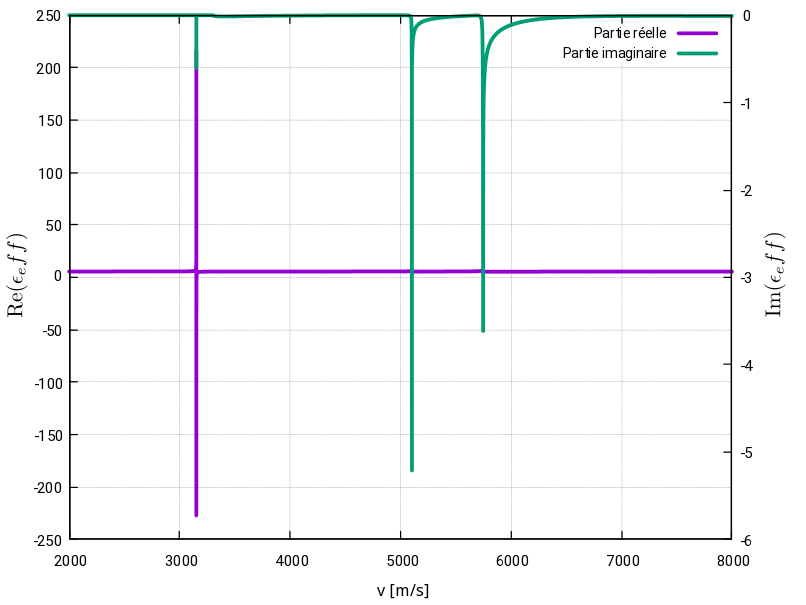
Figure 2: Effective permittivity of quartz (YXl)/36° layer. A Rayleigh wave can be observed at 3150 m/s, a shear wave at 5100 m/s and a longitudinal wave at 5750 m/s.
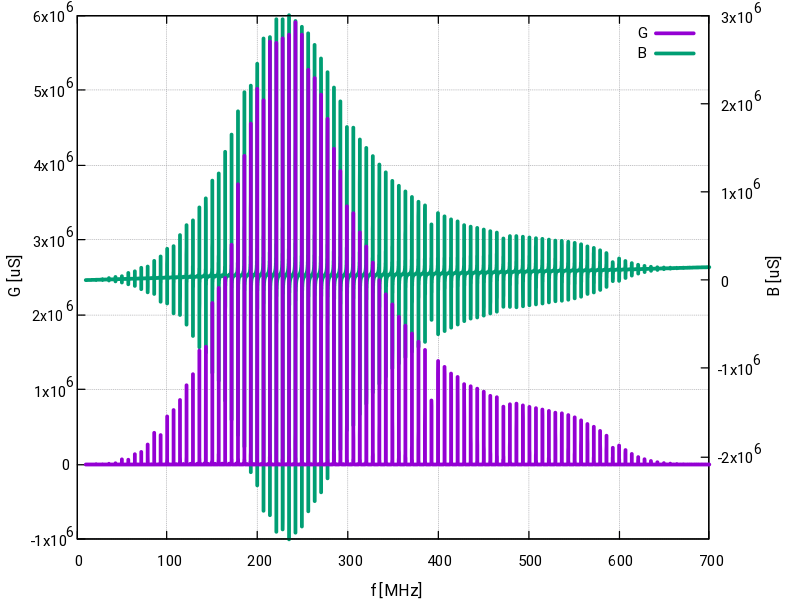
Figure 3: Conductance and susceptance of a HBAR LiNbO3/LiNbO3.
Modulef
Originally based on the Modulef library of INRIA (only the founding principles remain) and adapted to the domain of acoustic waves components, the softwares of this second family combine finite elements and boundary elements in order to determine the response of a piezoelectric device. Thanks to these tools, we have a better understanding of surface and bulk acoustic waves devices, for 2- or 3-dimension configurations and for periodic structures or not.
The use of boundary elements allow us to reduce the size of the mesh by taking into account the radiation in the substrate. In the case of a periodic device (for example, a interdigital transducer), periodicity can also be used in order to only mesh one cell (see Figure 4).
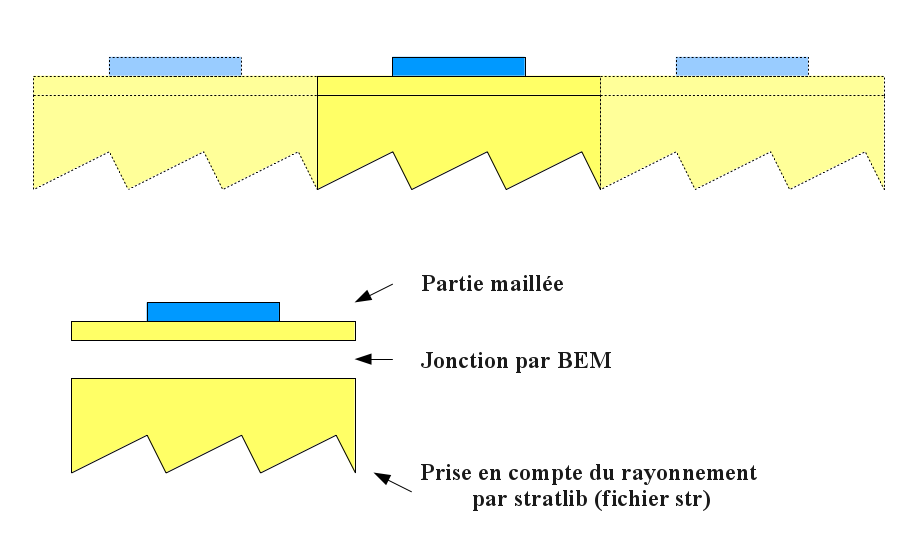
Figure 4: Consideration of periodicity and radiation in order to reduce the size of the mesh.
In this category of numerical analysis tools, we can cite the three main softwares developed and used by the CoSyMA team:
- MajaX : Creation of 2D and 3D meshes (see Figure 5)

Figure 5: Mesh of a cell.
- EmmiX2 : Project manager which is used to configure the characteristics of materials, the parameters of simulation (electrical potential, interval of frequencies, radiation conditions...). A graph of results is live plotted when the simulation is launched (see Figure 6). This software generates the intermediate files and launch the executables, with multithread or not. A script language can be used to give the ability to run loops on parameters (size of the mesh, crystal orientation, temperature...) and so, create efficient conception cycles.
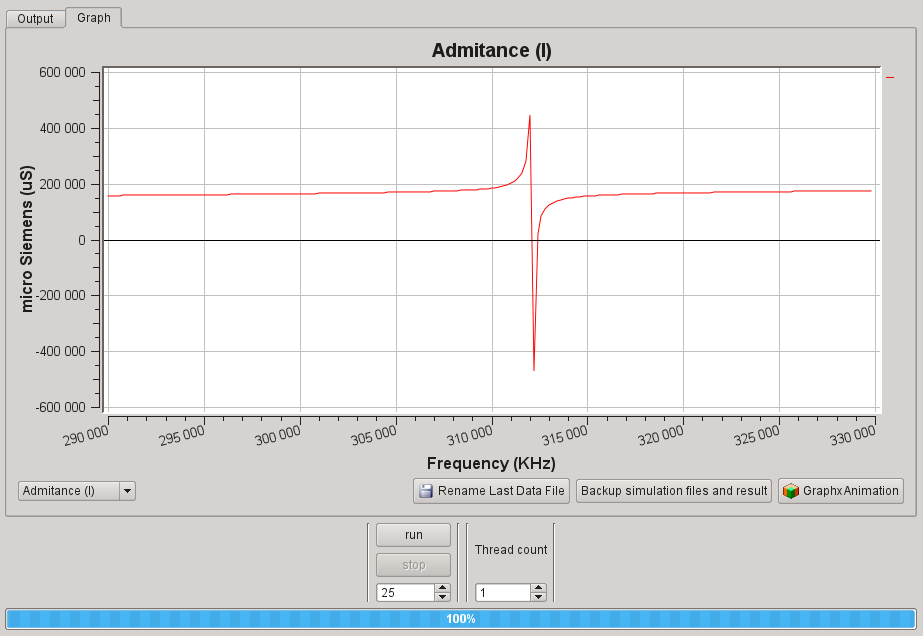
Figure 6: Graph of final results (susceptance of quartz (YXl)/36°).
- GraphX : Graphical representation of simulation results, including animations of the mesh (see Figure 7).
Figure 7: Animation of a complex 3D structure.
References:
[1] Y. Fusero, "Étude théorique et expérimentale de dispositifs à ondes de surface à haute vitesse et fort couplage : application aux filtres télécom haute fréquence.", PhD Thesis, Université de Franche-Comté, 2001.
[2] T. Pastureaud, "Etude de nouvelles structcures pour la conception et la fabrication de filtres à ondes acoustiques guidées haute fréquence", PhD Thesis, Université de Franche-Comté, 2002.
[3] M. Wilm, "Etude et réalisation de transducteurs composites pour l'imagerie acoustique et le contrôle non-destructif", PhD Thesis, Université de Franche-Comté, 2004.
[4] A. Reinhardt, "Simulation, conception et réalisation de filtres à ondes de volume dans des couches minces piézoélectriques", PhD Thesis, Université de Franche-Comté, 2005.
